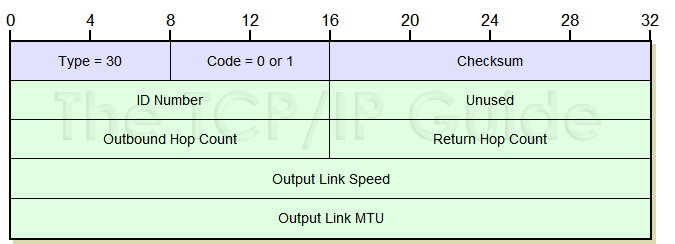 |
|
Please Whitelist This Site?
I know everyone hates ads. But please understand that I am providing premium content for free that takes hundreds of hours of time to research and write. I don't want to go to a pay-only model like some sites, but when more and more people block ads, I end up working for free. And I have a family to support, just like you. :)
If you like The TCP/IP Guide, please consider the download version. It's priced very economically and you can read all of it in a convenient format without ads.
If you want to use this site for free, I'd be grateful if you could add the site to the whitelist for Adblock. To do so, just open the Adblock menu and select "Disable on tcpipguide.com". Or go to the Tools menu and select "Adblock Plus Preferences...". Then click "Add Filter..." at the bottom, and add this string: "@@||tcpipguide.com^$document". Then just click OK.
Thanks for your understanding!
Sincerely, Charles Kozierok
Author and Publisher, The TCP/IP Guide
|
|
|

Custom Search
|
|
ICMPv4 Traceroute Messages
(Page 2 of 2)
ICMPv4 Traceroute Message Format
Since the Traceroute message was specifically designed for the traceroute utility, it was possible to incorporate into it extra information of use to a host tracing a route. The message format is as shown in Table 101 and Figure 151.
Field Name |
Size (bytes) |
Description |
Type |
1 |
Type: Identifies the ICMP message type, in this case 30. |
Code |
1 |
Code: Set to the value 0 if the datagram the source device sent was successfully sent to the next router, or 1 to indicate that the datagram was dropped (meaning the traceroute failed). |
Checksum |
2 |
Checksum: 16-bit checksum field for the ICMP header, as described in the topic on the ICMP common message format. |
ID Number |
2 |
ID Number: An identification field used to match up this Traceroute message to the original message sent by the source (the one containing the Traceroute IP option). |
Unused |
2 |
Unused: Not used, set to 0. |
Outbound Hop Count |
2 |
Outbound Hop Count: The number of routers the original message has already passed through. |
Return Hop Count |
2 |
Return Hop Count: The number of routers the return message has passed through. |
Output Link Speed |
4 |
Output Link Speed: The speed of the link over which the Traceroute message is being sent, in bytes per second. |
Output Link MTU |
4 |
Output Link MTU: The Maximum Transmission Unit (MTU) of the link over which the Traceroute message is being sent, in bytes. |
|
Note that while this method of implementing traceroute indeed has advantages over the older Time Exceeded method, it has one critical flaw as well: it requires changes to both hosts and routers to support the new IP option and the Traceroute ICMP message. People aren't big on change, especially when it comes to the basic operation of IP. For this reason, RFC 1393 never moved beyond “experimental” status, and most IP devices still use the older method of implementing traceroute. It is possible that you may encounter ICMP Traceroute messages, however, so it's good to know they exist.
|

|
| |||||||||||||||||||
Home - Table Of Contents - Contact Us
The TCP/IP Guide (http://www.TCPIPGuide.com)
Version 3.0 - Version Date: September 20, 2005
© Copyright 2001-2005 Charles M. Kozierok. All Rights Reserved.
Not responsible for any loss resulting from the use of this site.








 Key Concept: ICMP Traceroute messages were designed to provide a more capable way of implementing the traceroute (tracert) utility. However, most TCP/IP implementations still use ICMP Time Exceeded messages for this task.
Key Concept: ICMP Traceroute messages were designed to provide a more capable way of implementing the traceroute (tracert) utility. However, most TCP/IP implementations still use ICMP Time Exceeded messages for this task.